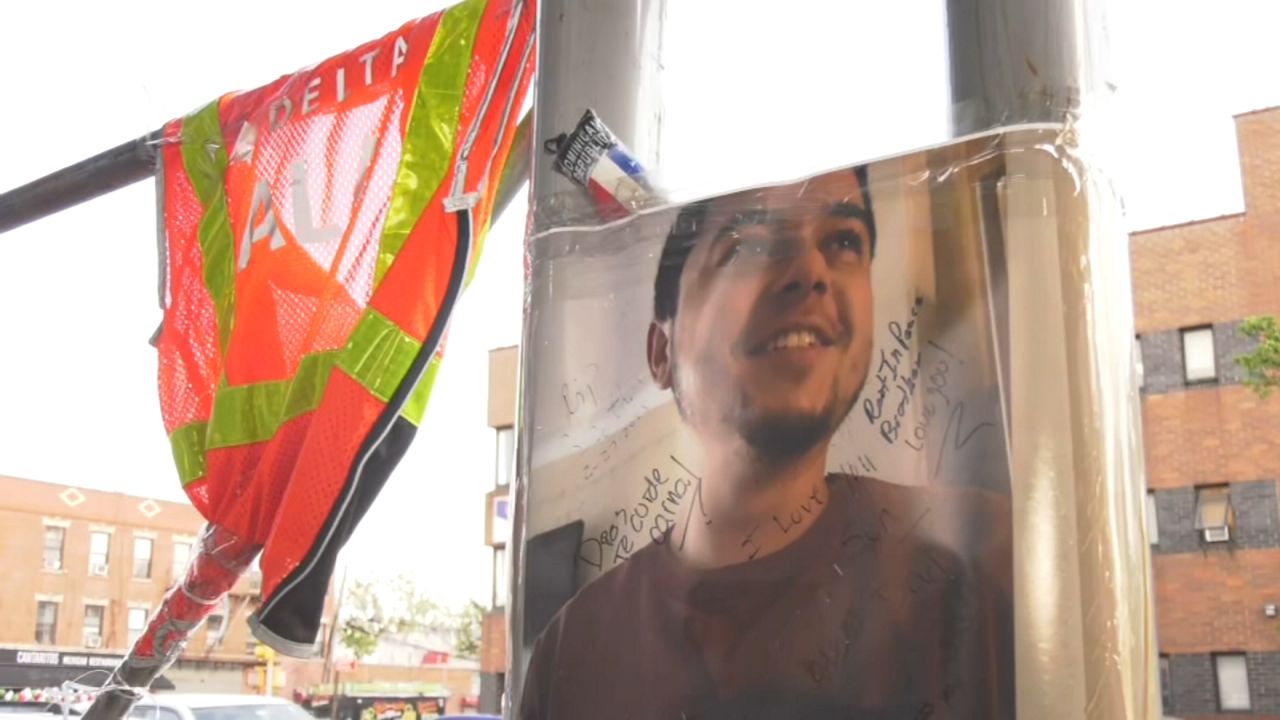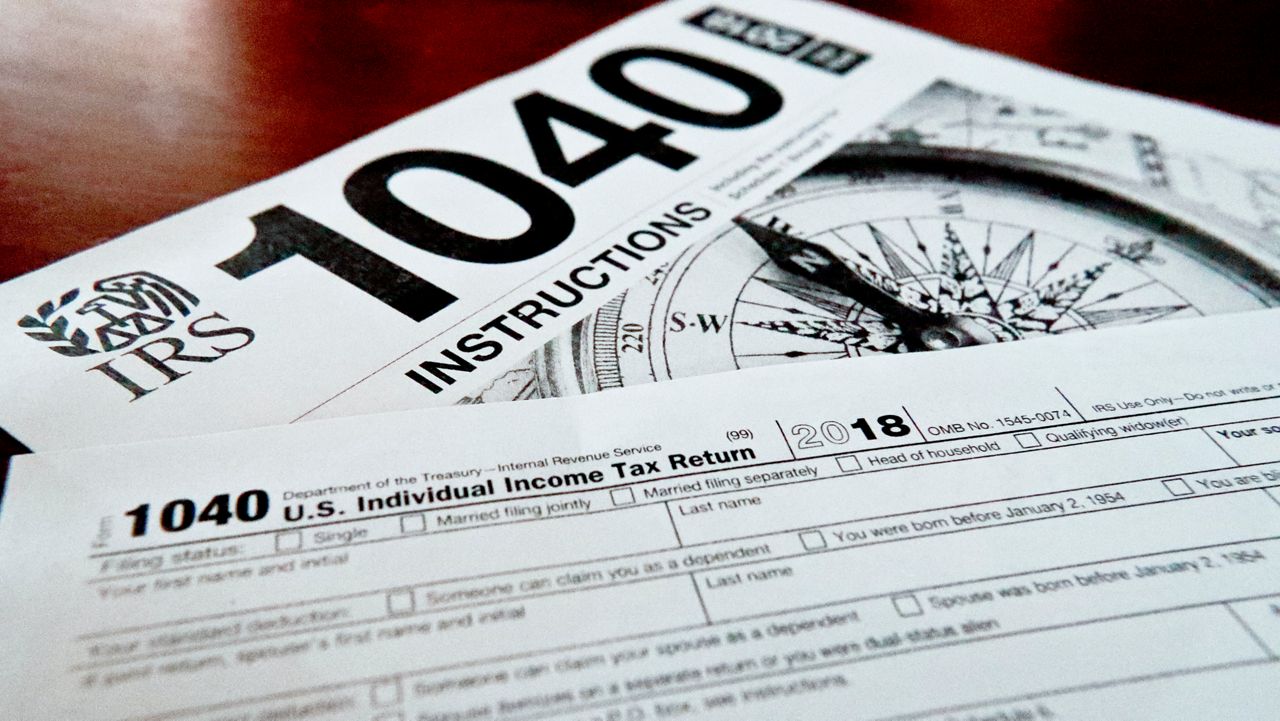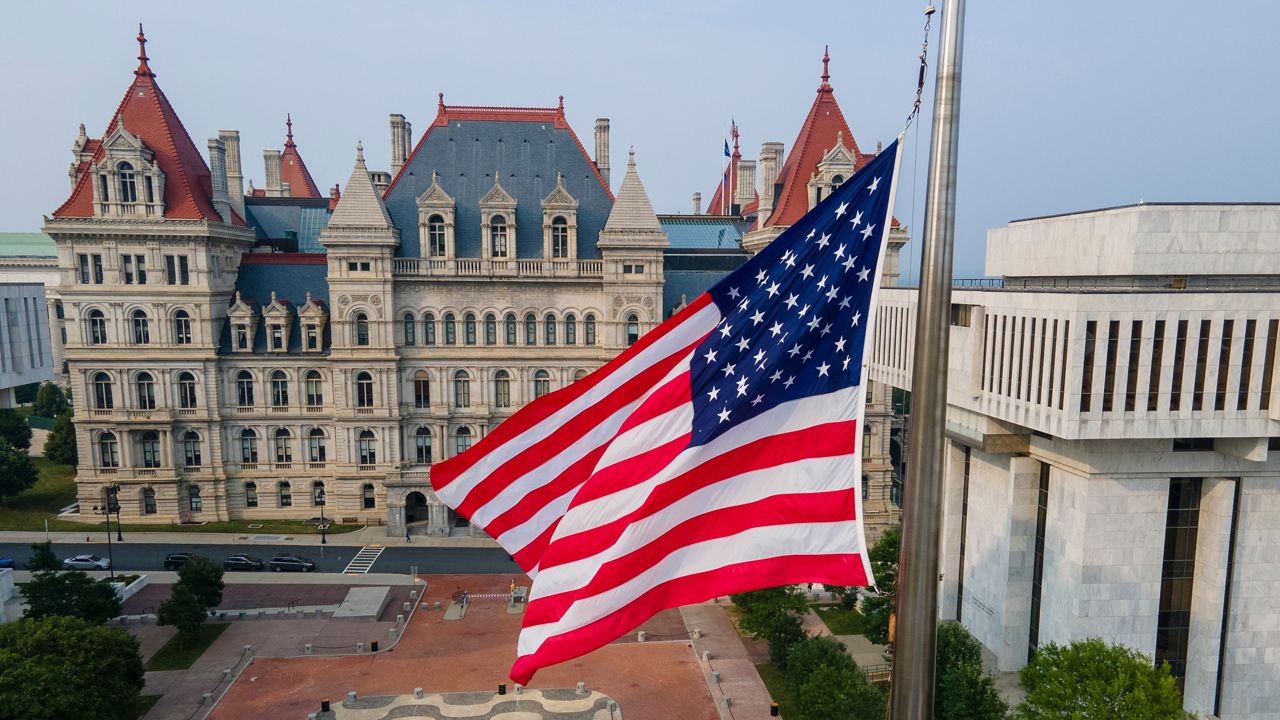NEW YORK — “New York does not have the death penalty, and being incarcerated for whatever reason, should not put you at risk of severe illness and death,” said Alice Fontier, the Managing Director of Neighborhood Defender Service of Harlem.
What You Need To Know
- Report finds COVID victim Michael Tyson returned from the hospital with COVID symptoms and was put in a dorm at 90% capacity, despite promises to reduce capacity to 50%
- The report finds a similar pattern with the other two men who died, but much of this occurred in March of last year as the state was still trying to figure out how to deal with the crisis
- The Department of Correction says it has done everything it can to keep facilities safe
- The department maintains just three detainees have died from COVID-19 since the pandemic began, but prisoner advocates don't believe it
Fontier says her clients locked up on Rikers Island are being exposed to COVID-19 and it’s inhumane.
Her non-profit organization filed a Freedom of Information Law request to get the Board of Correction draft report on the deaths of the three Rikers inmates who died in April from the Coronavirus.
NY1 reported on the first death, 53-year-old Michael Tyson who was locked up on a parole violation, when he died of the virus.
The Department of Correction aimed to reduce all dormitory housing to 50% for social distancing but the report found Tyson returned from the hospital with COVID symptoms and spent eight days in a 50-bed dorm at at least 90% capacity.
“The lack of social distancing and the lack of masks available to people who are incarcerated, made it really a firestorm for this virus to spread for people who are incarcerated,” said Phil Desgranges, a supervising attorney in the Special Litigation Unit of The Legal Aid Society.
The report found a similar pattern with the other two men who died. In fact, in two cases they weren’t informed about their positive COVID test until days later, but much of this occurred in March of last year as the state was still trying to figure out how to deal with the crises and that included eventually reducing jail populations by releasing some non-violent offenders not deemed a threat to society.
“Under ideal circumstances there would be fewer people in each dorm, but I think it's also to keep in mind that the risk of the jail environment is inherent in the jail environment," Chief Medical Officer at NYC Health + Hospitals, Correctional Health Services Dr. Ross MacDonald told the Board of Correction in January.
Correctional Health Services says that staffing levels pose challenges the and state transfers of prisoners have increased populations.
In a statement the city Department of Correction says in part, "We have risen to the occasion and done everything we can to keep our facilities safe. Our efforts have paid off: transmission rates remain lower than the citywide average."
The DOC Deputy Commissioner of Public Information Peter Thorne says tests show now only 32 people have active infections out of a population of 5,514 and just three detainees have died from COVID-19 since the pandemic began.
“They're not counting people that weren't technically, very technically in custody,” said Fontier.
She doesn’t believe the numbers and claims officials are not counting some people who died at hospitals or any of those who died after having been released. Her non-profit is suing the state to increase vaccinations in jail so they're not just for people at least 65 or with underlying health issues, but vaccines would be given to all detainees. She says all all prisoners are at risk because they’re in group settings.









